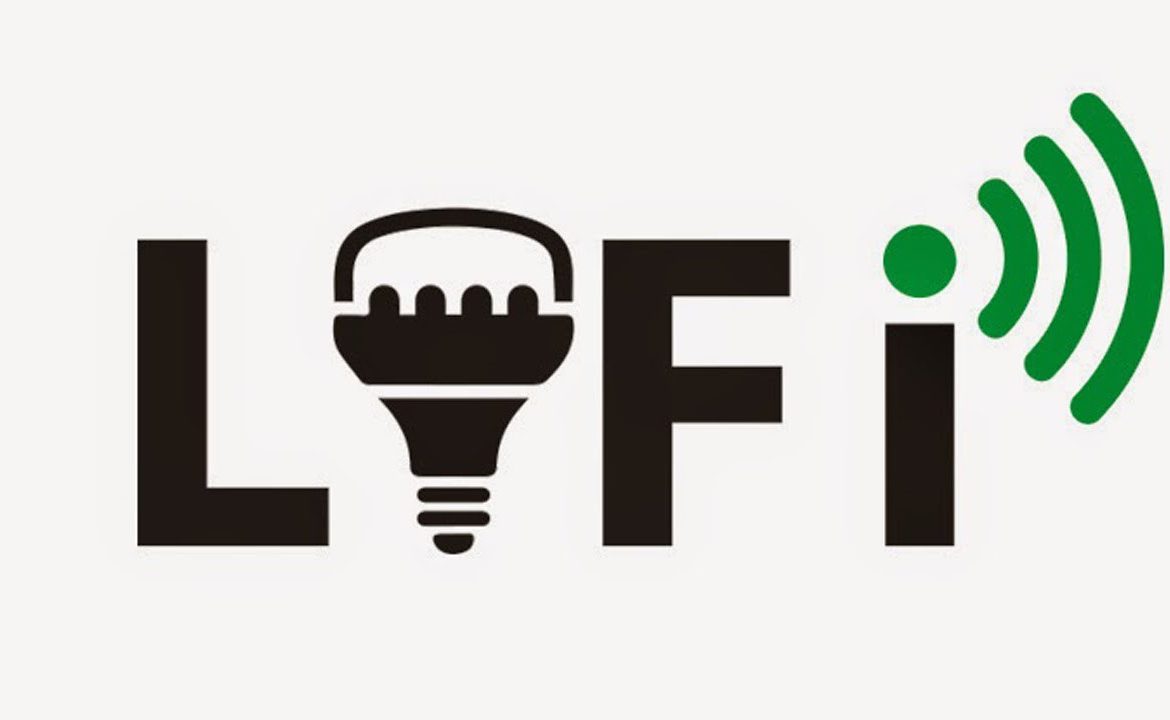
In a world where technology evolved so much that almost everything needs an internet connection, you might ask yourself whether there will be enough bandwidth for all these devices. Will the existing system be fast enough for all the data? And most importantly, will the data be secure?
Scientists have the answer to all of these questions, through this upcoming technology called Li-Fi (Light Fidelity). This is believed to be the next generation of internet where light will be the medium for transmitting data. Yes, you read that right. The light you use in your house, with some modifications can be used to transmit data to the devices that require internet connection.
Li-Fi was invented by Harald Haas back in 2011, when he demonstrated for the first time that the light from a single flickering LED could transmit far more data than a cellular tower. Li-Fi was tested in labs and achieved speeds of up to 224 Gbps, giving this technology the potential to change everything about the way we use the Internet.
In 2015, scientists have taken Li-Fi out of the lab for the first time, trialing it in Tallinn, Estonia. The reported data transmission speed was clocked at 1 GB per second said to be 100 times faster than current average Wi-Fi speeds.
Li-Fi has also been tested in India this year. Education and Research Network (ERNET) is an autonomous scientific society under the IT Ministry. ERNET conducted a pilot test with Philips India and IIT-Madras at IIT-Madras campus, to gauge the impact and results of Li-Fi. It seems that the tests were successful, and further research is currently underway to make Li-Fi commercially viable. The pilot test was conducted a few weeks ago in controlled environment, and now, the researchers are collaborating with Indian Institute Of Science for further insights.
The technology uses Visible Light Communication (VLC). A medium that uses VLC between 400 and 800 THz. As said above, small impulses switching ON and OFF, like a torch, can be used to write and transmit data in binary code. However, do not worry about a light flickering all the time in an office or in your house, the speed at which the LEDs are switching is imperceptible to the naked eye.
Why do we need a change in the existing technology?
Since the beginning, we have been using Radio Frequency (RF) medium to transmit data wirelessly. RF uses radio waves which have a couple of drawbacks at the moment:
- High demand for the internet that could not be met by the current method
- Demand for higher network speed and, therefore, a need for a bigger bandwidth
- RF medium is not safe to be used in hospitals, power plants, aeroplanes etc. and these places will also need internet connectivity to match the modern era we are in
- RF is believed not to be safe, since your data can escape through walls and cannot be contained within a particular area
These couple of drawbacks call for a new technology – Let’s welcome Li-Fi. The benefits of Li-Fi, other than the faster speed, is that light cannot pass through walls, hence it makes it more secure, and with less interference between devices.
How does it work?
As mentioned above, Li-Fi uses light to transmit data through special modified LED lights, unlike the Wi-Fi connection that uses RF. As we know, LED is a semiconductor device and like all semiconductors it has switching properties which can be used to transmit data.
Every LED lamp is powered through a driver, this driver will get information from the Internet server and the data will be encoded in the driver. Based on this encoded data, the LED lamp will flicker at a very high speed that cannot be noticed by the human eye. The Photo Detector on the other end will be able to read all the flickering, decoding it after the Amplification and Processing of data. VLC has a frequency between 400 and 800 THz, while radio waves are just 300 GHz.
How far until we will be able to use Li-Fi?
Scientists say that Li-Fi will probably not completely replace Wi-Fi, but rather the two technologies could be used together to achieve more efficient and secure networks. Furthermore, this is also because replacing the existent Wi-Fi infrastructure with Li-Fi is not feasible. However, research teams around the world are exploring how to retrofit the devices we have at the moment to work with Li-Fi technology.
Li-Fi experts are aiming to start installing Li-Fi technology in hospitals and offer a plug-and-play application for secure wireless internet access, with a capacity of 11.5 MB/second (comparable to the first generation of Wi-Fi).
If applications like these and the trial in Estonia prove successful after further observation, we could achieve what Haas outlined back in 2011, namely the beginning of a new internet era.
Now, prepare to 01100101 01101110 01101010 01101111 01111001 00100000 01001100 01101001 00101101 01000110 01101001 00100000 01110011 01101111 01101111 01101110.
With thanks to trak.in for the image.
